Pharmakon is an indie turn-based strategy title with light RPG elements developed by the one-man team at Visumeca Games. In Pharmakon, you play as an agent who uses a drone to destroy elemental beasts. Agents come from one of five elementally based nations — water, ice, fire, earth, and electricity — who are each dead set on destroying the beasts in their native lands.
The game starts with your agent being assigned a mission on a previously undiscovered island. Upon arriving, you learn that beasts of all elements are intermingling on the island, and you are forced to adopt more than just your native elements to fight them off.
Combat
A.K.A. The Whole Game
Combat sees you commanding your own drone against these beasts. You program its attacks by arranging tetrominoes, just like you might see in Tetris, into the drone. Each of the five elements has its own set of corresponding small, big, and huge beasts, along with its own set of tetrominoes.
Each type of elemental tetromino deals a certain amount of damage to each of the five elements. For instance, fire does the most damage to ice (4) and no damage to other fire enemies. One thing I really love about Pharmakon‘s combat is how the game tells you a lot about the beasts through its gameplay. Unlike almost any game ever, the enemies in this game never attack, they only counter attack after you have either attacked first or enraged them. Using mechanics to display the true nature of these beasts was honestly brilliant.
When you attack an enemy, you must choose to attack it from the top, bottom, left, or right. Attacking from one direction pushes it in the opposite direction, which allows you to push enemies into one another, which causes damage based on the enemy’s size. Once an enemy dies, it explodes, dealing elemental damage to enemies in the eight adjacent squares — four cardinal and four diagonal.
Knocking enemies into one another, or blowing them up on one another, causes them to become enraged. After three of these indirect attacks, an enemy will counterattack. The only way to calm enemies is by attacking them (which makes sense?). If an enemy is left alive after an attack, they will counterattack.
Once an enemy counterattacks, it leaves behind a square of its element in your drone’s grid, which causes you to actively plan around that obstacle. The only way to actually fix your drone is to sacrifice your attack tetrominoes. Sadly, the game doesn’t give you a reliable way to earn more attack or repair pieces throughout the game, so you are often left scraping by between battles.
It All Comes Together
Often, the injuries from a previous battle were too grievous
to overcome in a subsequent battle.
In short, there is a lot to the battle system and for the most part, it is all thrown at you within the initial tutorial, at which point you are required to sink or swim. While it can be a little tough at times, I felt that the encounters you face early in the game were easy enough to allow you to adjust to the difficulty.
That being said, I felt the relatively barren battlefields of the early game weren’t how the game was meant to be played. In fact, it was only later into the game, once the battlefield was often halfway (or more) full of enemies, that I felt that the strategic elements really began to shine.
In these moments, the system worked extremely well. It forced you to rearrange the tetrominoes thoughtfully, carefully consider the use of your abilities and the number of attacks left until said abilities were charged, where enemies were on the field, how many hits it would take to kill or enrage them, how much you can heal, and more. It was then that I saw a truly stellar strategy title in the making.
It All Comes Apart
One Element Too Few
Sadly, however, there were also frequent problems that derailed the fun. Because you play as an agent of one particular element at any given time, the six tetrominoes you receive all belong to the same element. Since the battles and your element are randomly generated every time you die and retry, you can often get placed into situations where your tetrominoes can’t actually effectively handle your opponents. While you do also receive an extra 2 tetrominoes that are of a different element than yours, that only patches up your deficiencies and still often left me as a dead man walking. There were many times I would literally be placed into unwinnable situations which eventually lead to me dying in a war of attrition or just committing suicide (by scrapping all my attack parts for repair parts) to expedite the process of dying.
While you do also receive an extra two tetrominoes that are of a different element than yours, that only patches up your deficiencies, and can still leave you a dead man walking. There were many times I would literally be placed into unwinnable situations that eventually lead to me dying in a war of attrition or just committing suicide (by scrapping all my attack parts for repair parts) to expedite the process of dying.
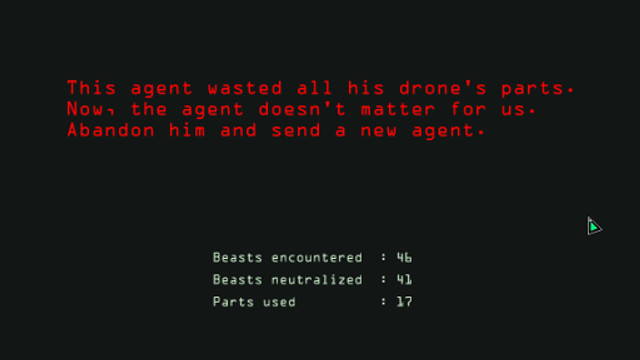
I saw this screen way too many times thanks to forced suicides.
The Rich Get Richer
The game also has a large problem with positive feedback loops. If you are not familiar with this concept, it is best described as the rich get richer. In other words, you need money to make money, which helps you make more money, which you need to make more money, which helps you make more money, and so on and so forth.
In Pharmakon, you get caught in a situation where you need to sacrifice your attack tetrominoes to heal, which means you deal less damage, which means it is harder to kill enemies, which means you will get counterattacked more often, which means you will need to heal more often, which means you need to sacrifice attack pieces more often…
This is only worsened by the fact that a piece heals what it is strongest against, so you usually have the choice of attacking the ice enemy with your fire pieces or healing all of the ice damage you’ve taken, which you eventually have to do in order to have room to place your tetrominoes, or, you know, not die.
Because of these two factors, I rarely played two missions in a row without dying.
The tutorial insists a huge part of the game is repairing, but you were never given enough pieces to sustain such a strategy.
Thankfully, death really has no consequence, which is not so much a compliment to the game as it is a small appreciation that the game didn’t demolish me. Ultimately, this undermined the design decision to have your HP, tetrominoes, and repair parts carry over between battles. Why should I care about surviving when I know that it is highly likely that I will be placed in a situation I literally can’t fight myself out of? And if I succeed at that, then my reward is being placed in a battle that is even harder to fight my way out of because I am even more severely wounded because the game rations new pieces like it is the middle of winter during war time.
Discontent With Lack of Content
The game also has a few more problems that are less design related and more content related. While the game as a whole is sorely lacking overworld exploration or something else to help diversify its gameplay, the combat system also lacks variety. You face the same enemies from the beginning of the game all the way to the end. While you do face larger quantities of enemies with more difficult foes, that is about all the variety you get from Pharmakon‘s core gameplay. Moreover, there are no unique tetrominoes, so your strategies really needn’t evolve much over the course of the game.
The Verdict
As I finished Pharmakon, I was left with an odd feeling. On one hand, this is one of the most unique, and interesting battle systems I have ever used in a turn based strategy game and I love that. While its combat system might sound extremely complex from the description in this review, actually learning it, using it, and mastering it felt much more fluid.
A full screen of enemies was challenging, but also rewarding.
But on the other hand, the meal feels incomplete. Not in the sense that the steak was undercooked, but in the sense that I wasn’t given the baked potato and string beans that I assumed came with my order. What’s in the game was fun, but there wasn’t a ton of it, nor was there enough variety to compliment its great combat. And while it was mechanically sound at its finest, it literally compelled me to commit digital suicide on numerous occasions thanks to broken procedural generation.
Looking at the bigger picture, I was amazed how a few balancing tweaks and some additional content could make this game terrific. But realistically that is a lot of extra work.
So I leave you with this. If you find unique battle systems in games interesting, then you should check this out. Because I left the game feeling invigorated with new ideas thanks to its fresh gameplay. But if you’re looking for a sprawling, consistently well-balanced SRPG, then this game can’t claim to be the game you’re looking for.
—
Editor’s Note: A review copy of Pharmakon was provided by the developer.

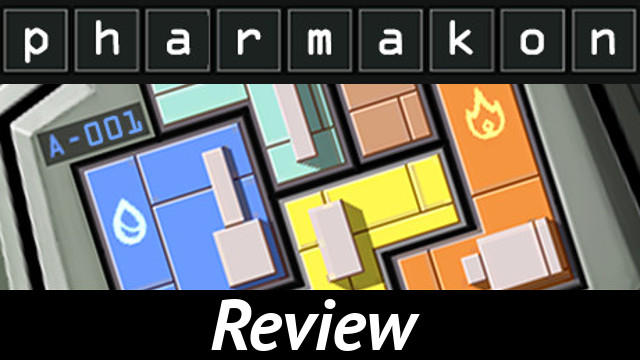
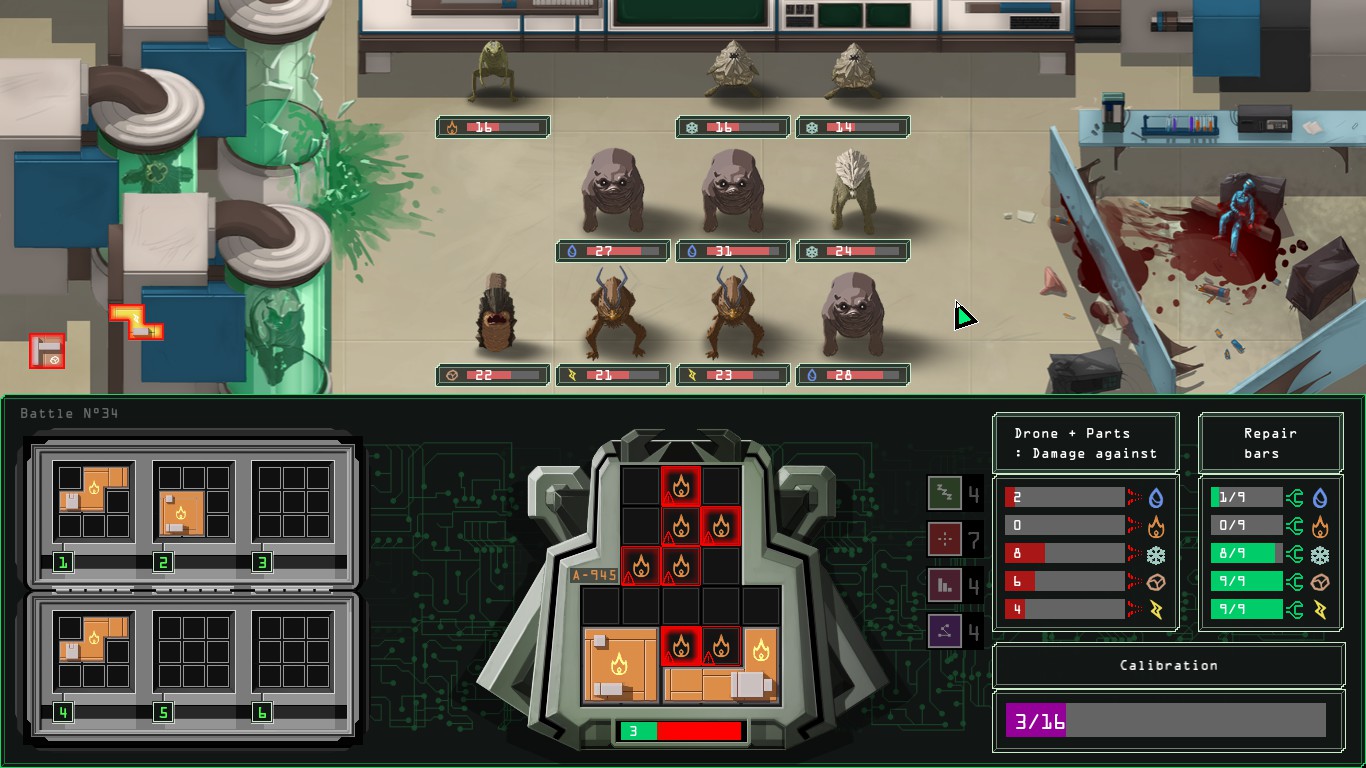
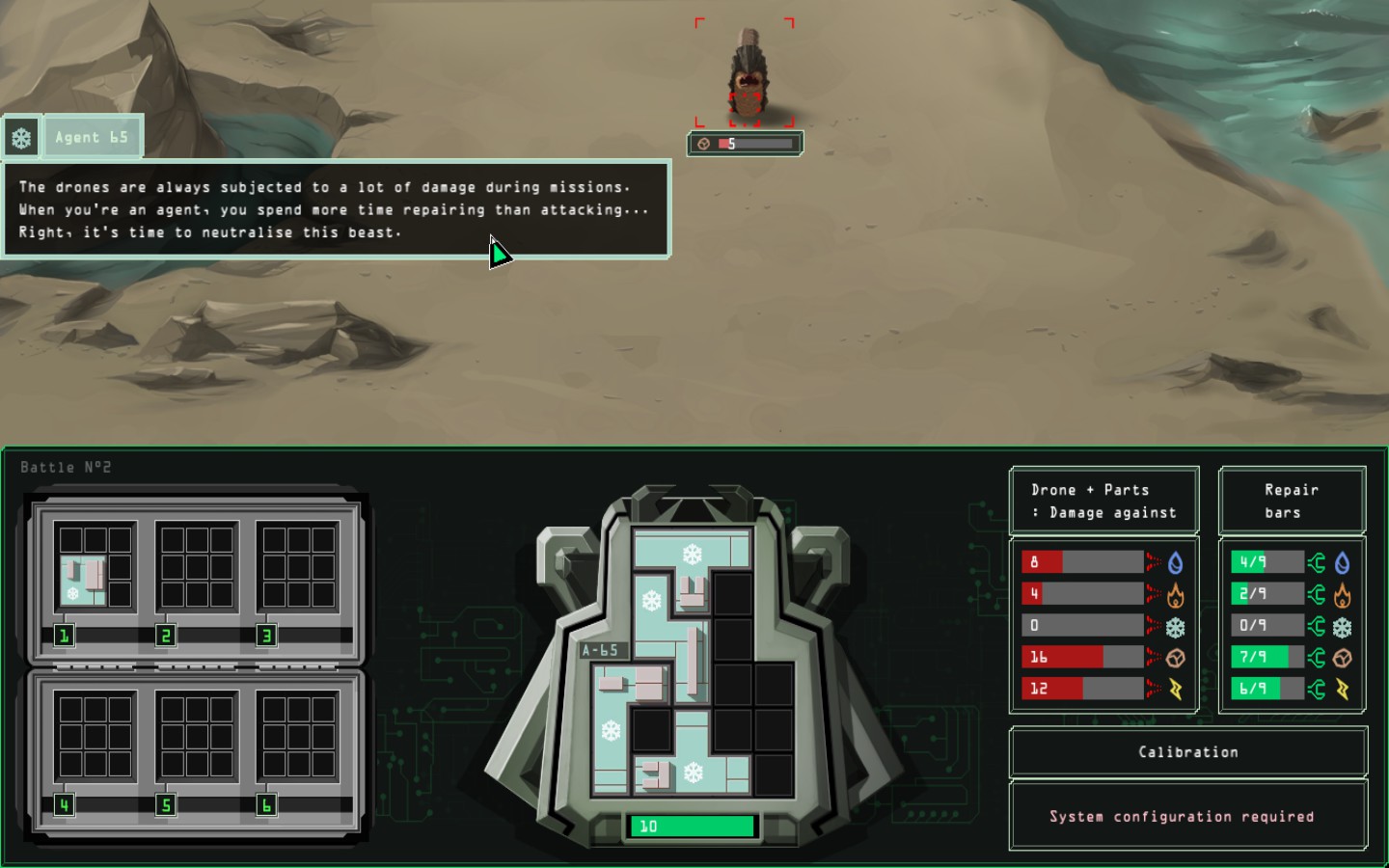
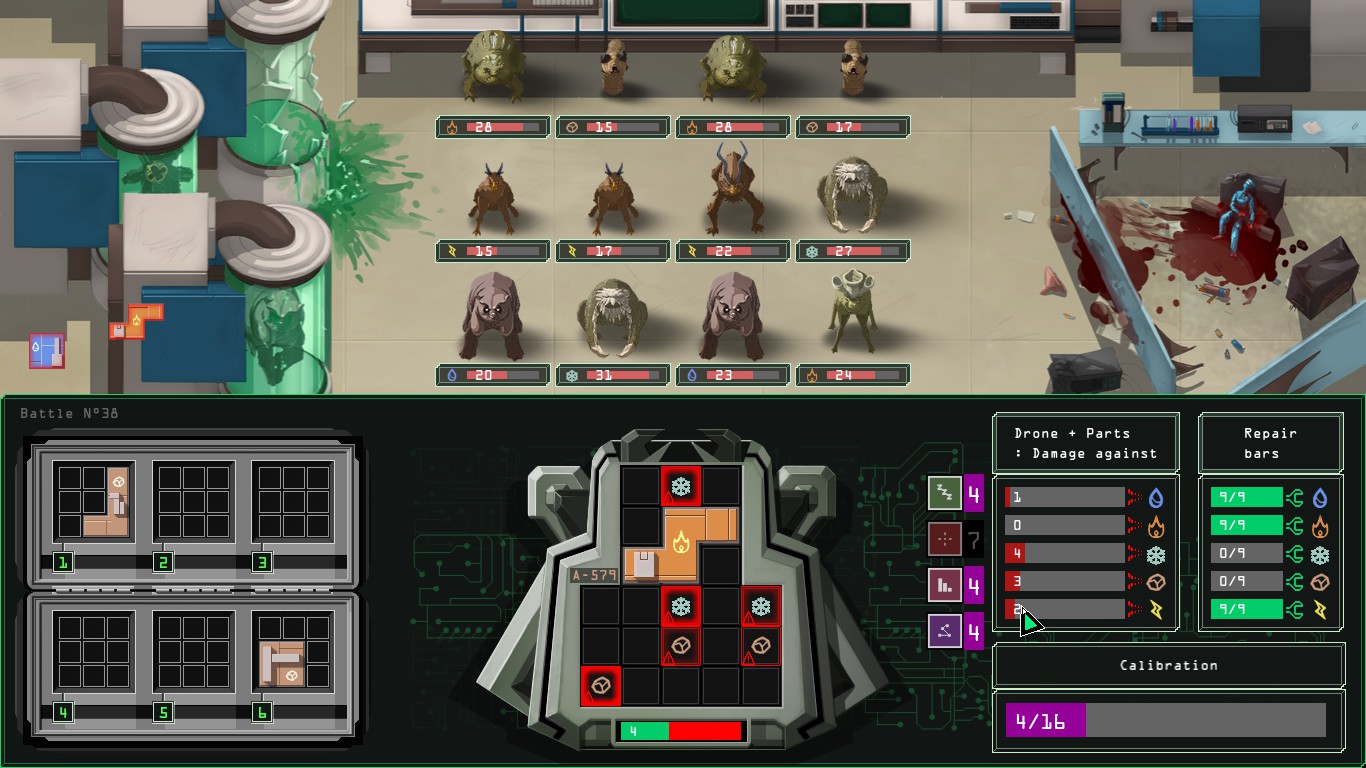





Published: Jul 20, 2017 9:17 PM UTC